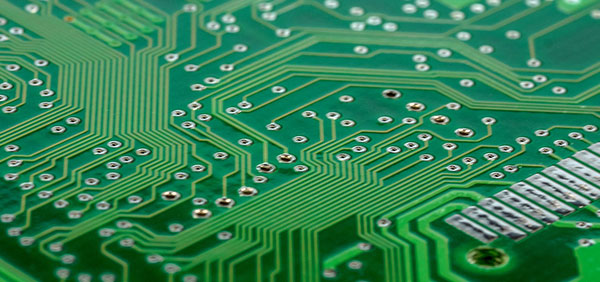Cheap PCB Fabrication – The DIY Approach Without Compromising Quality
For anyone involved in the electronic industry, the printed circuit board (PCB) fabrication process is extremely important. Widely used as the foundation for electronic circuits, custom PCB is made from fiberglass or epoxy composite. For simple electronic devices, single-layer PCBs are used. On the other, complex hardware may have up to 12 layers of custom PCB. Some of the PCB fabrication methods are CNC-milling, silk-screening and photolithographic process.
Although there are small variations, all PCB fabrication methods involve the same main steps. Furthermore, fabricating printed circuit boards (PCBs) is easy. You can carry out the fabrication process even if you’re not a professional as you simply need to place the components on the custom PCB and solder them. Doing it yourself is a quick, clean, and cheap PCB fabrication method. Following are the DIY steps involved in cheap PCB fabrication.

Set goals
The first and foremost step involved in the DIY-PCB fabrication is setting goals for the process. You need to set four basic goals including:
- Making the PCB fabrication process as cheap as possible
- Minimizing loathsome chemicals that are difficult to store, use, and dispose of
- Eliminating the need for investing in equipments such as laser printers or laminators
- Being able to manufacture compact boards and use small traces
Ensure that you have all the required tools and materials
After you’ve set goals, gather all the tools and materials you require for cheap PCB fabrication. Following are the tools and materials you’ll need.
Tools:
- Eye protection
- Flat iron
- Photo copying machine/ laser printer
- Mini drill
- Latex gloves
- Cutter
Materials:
- PCB board
- Sand Paper
- Small piece of cloth
- Etching solution
- Ruler (optional)
- Glossy paper
- Fine tipped marker
- Steel wool
- Thinner
- Cotton wool
Make your circuit board design
You can skip this step if you already have a printed circuit board design. However, you need to design your own PCB layout if you don’t already have one. This step is a prerequisite for making your own custom PCB. You can easily make your circuit board design with the help of Microsoft PowerPoint or a printed circuit board designing software. Furthermore, you can write your design directly on the board.
Print your PCB layout
Using the glossy paper and the laser printer, take a print out of your circuit board design. While doing so, keep the following things in mind:
- Take the mirror print out
- Select the output in black from the printer driver setting as well as the PCB designing software
- Use the glossy side of the paper for the printout
Cut the copper plate for the circuit board
With the help of a cutter, cut the copper plate according to the size of the layout. Once you’ve cut the plate, use steel wool to rub the PCB’s copper side.
Transfer the PCB print onto the board
Once you’ve cut the copper plate for the circuit board, transfer the printed image onto the board. There are two ways of doing this. The first one is ironing your printed PCB layout to your board. You can transfer the PCB print through this method by putting the board’s copper surface on the printed layout and then ironing it. The other method is circuit by hand which involves drawing a basic sketch on a copper plate with a pencil and the use of a permanent black marker.
Etch the Plate
Using an etching solution such as Ferric Chloride, etch the plate. Don’t use a metal container. Instead make use of a plastic container. Following is how you need to etch the plate:
- Pour Ferric Chloride onto your plastic contai9ner
- For about half an hour, leave the PCB board in the container
- Remove the PCB board from the container after thirty minutes
Clean, dispose and apply final touches to the board
Throw away the etching solution after diluting it for some time. Furthermore, expose the copper surface and remove the ink on the plate by using a few drops of thinner on a cotton wool. Dry the plate with a piece of cloth after rinsing it carefully. Using sandpaper, smoothen edges and then trim PCB to final size. Finally, drill holes and solder all the components with the help of a mini drill. Your custom PCB is now ready!
